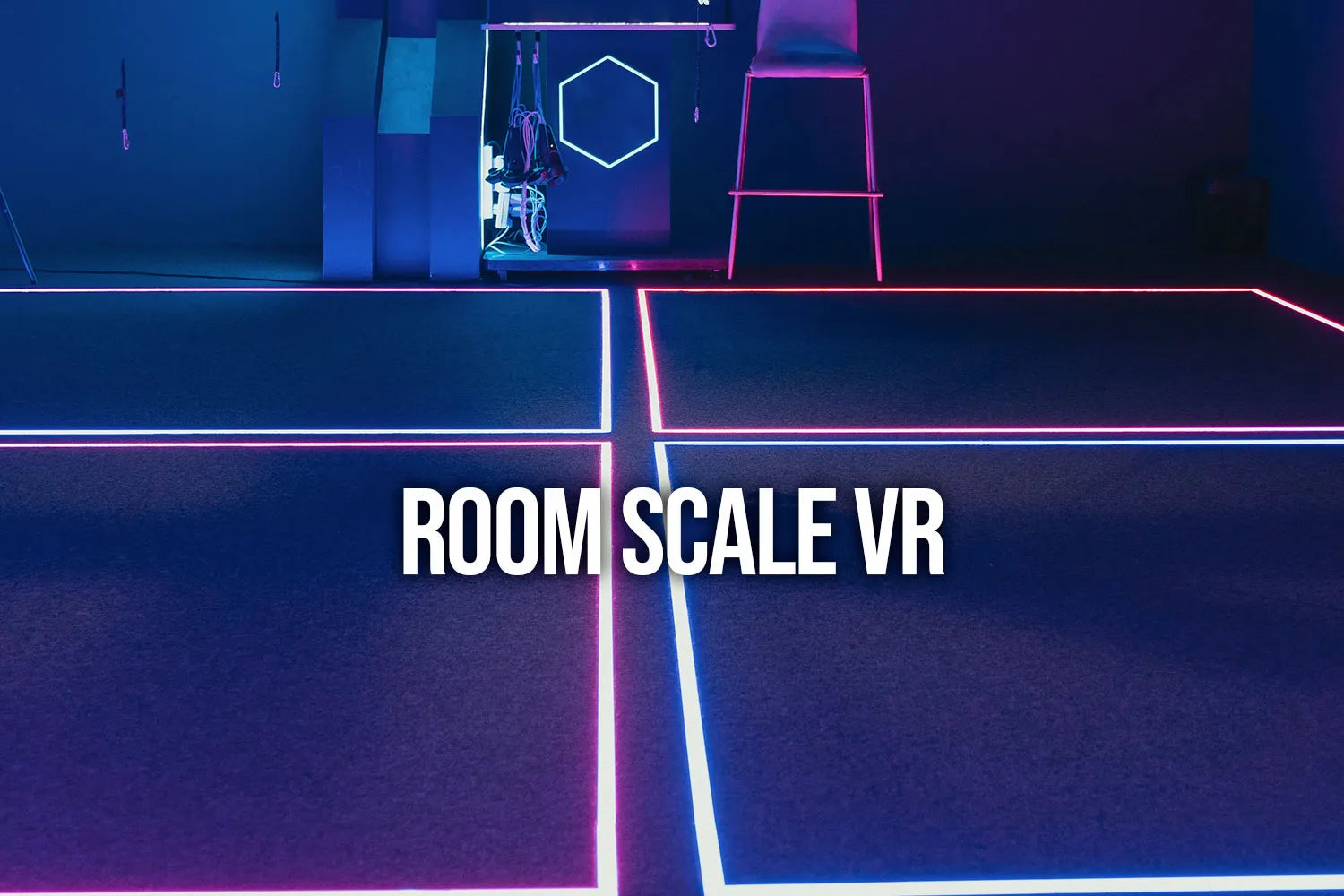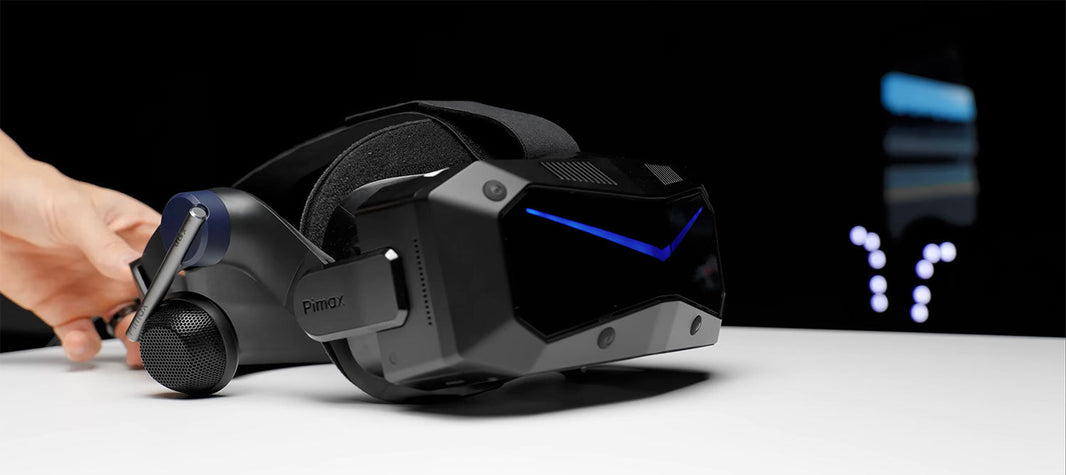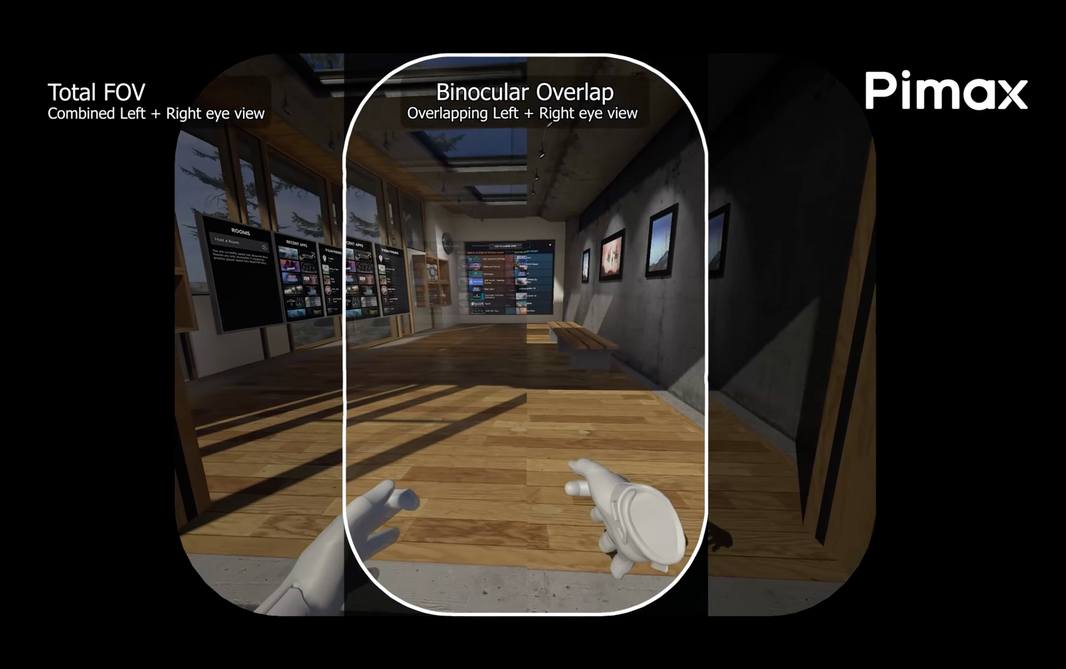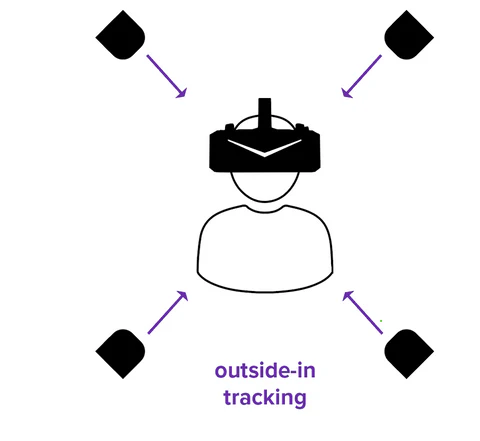In the realm of immersive technology, room-scale VR emerges as a game-changer, revolutionizing the way we experience virtual worlds. With its ability to transport users into interactive and expansive environments, room-scale VR stands as a pinnacle of innovation, offering unparalleled experiences unlike any other.
Understanding Room-Scale VR:
Room-scale VR extends beyond traditional virtual reality setups by allowing users to move freely within a designated physical space. By incorporating motion sensors and tracking technology, this immersive platform enables users to explore and interact with virtual environments, mirroring their movements in real time.
Room-scale VR is different than seated VR, such as flight sims and racing sims.
Unveiling the Advantages:
1. Immersive Exploration:
Room-scale VR transcends the constraints of conventional VR setups, offering an unmatched level of immersion. Users can walk, crouch, and interact within the virtual world, fostering a sense of presence and realism that captivates the senses.
2. Enhanced Interactivity:
The freedom of movement in room-scale VR amplifies interactivity. Whether traversing through enchanted forests, engaging in adrenaline-pumping adventures, or solving intricate puzzles, users experience a level of engagement and agency that elevates the entire VR encounter.
3. Physical Engagement:
Unlike seated or stationary VR experiences, room-scale VR encourages physical activity. This facet not only adds a layer of excitement but also contributes to a more holistic and immersive experience, blending entertainment with health benefits.
Leveraging Room-Scale VR in Various Industries:
1. Gaming and Entertainment:
In the realm of gaming, room-scale VR transports players into the heart of their favorite games, delivering a level of immersion that redefines the gaming experience. From action-packed adventures to immersive storytelling, the possibilities are limitless.
2. Education and Training:
Room-scale VR holds immense potential in education and training, offering simulated environments for practical learning experiences. From medical simulations to architectural walkthroughs, it enables hands-on training in a risk-free, controlled setting.
3. Healthcare and Therapy:
This technology proves beneficial in healthcare, aiding therapies for mental health, phobias, and rehabilitation. Its immersive nature creates environments conducive to healing and relaxation.
Optimizing Room-Scale VR Experience:
1. Hardware Advancements:
Constant technological advancements continue to enhance room-scale VR experiences, with improved motion tracking, higher resolution displays, and ergonomic controllers, ensuring a seamless and captivating encounter.
2. Content Diversity:
Diverse and engaging content is pivotal in maximizing the potential of room-scale VR. Developers are continuously innovating, creating captivating experiences that cater to various interests and industries.
3. Accessibility and User-Friendly Interfaces:
Simplifying setup processes and ensuring intuitive interfaces play a crucial role in widening the accessibility of room-scale VR, making it more user-friendly for individuals of all ages and technical backgrounds.
In conclusion, room-scale VR stands as a groundbreaking innovation, redefining the boundaries of virtual experiences. As technology continues to evolve, its potential to revolutionize entertainment, education, healthcare, and various industries remains boundless, promising a future where the lines between reality and the virtual world blur seamlessly.








